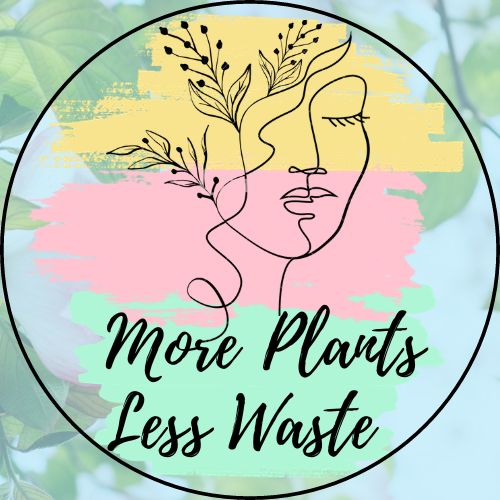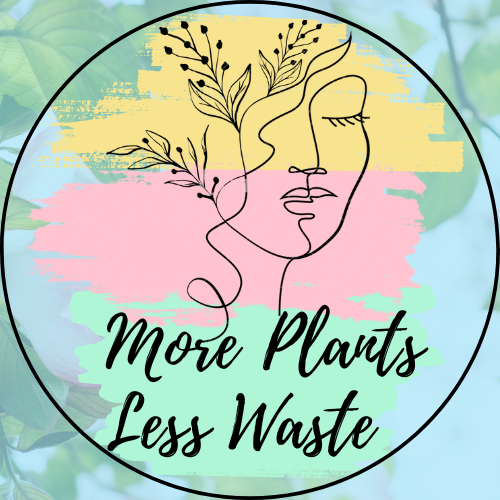Not much thought is given to our waste after being tossed and taken out. Nor the amount of waste we produce. Usually, this is because it doesn’t have an immediate tangible effect on us. Nor one we can feel or see right away. However, with the amount of waste our society produces and how we manage to rid of it, the impact is something I believe we should educate ourselves and our children on.
The Amount of Waste We Produce
The average American produces around 4 pounds of trash daily. Although, this number includes the assumption that we recycle 1 1/2 pounds of our trash a day. So, if we’re not recycling, that’s about 5 1 /2 pounds daily! My current household is a family of 4, which means we create 16 pounds of trash a day (with recycling). That’s just my family alone producing over 5,840 pounds of trash a year!
The number might look small to some but when you multiply it by the approximate 331,000,000 people that live in America, the number is massive. If we consider the number of people in our world, which is 7.8 billion, as well as the amount of waste we produce globally, the number is astronomical. Additionally, this has an exponential impact on our environment. If we can change our habits and teach our loved ones what we’ve learned, we can change our environment in a huge way.
Where Our Waste Goes
Why is the amount of trash we produce every day even important? Well, our trash is dumped in landfills, a dump, or sent to incineration. However, most of us don’t think about what happens to our trash after we take it out. This is part of the problem. Let’s break down what a dump, landfill, and incineration really are.
Landfill – This is a structure designed to be built into or on top of the ground. The trash is isolated from the environment. This includes rain, air, and groundwater. They accomplish this isolation by using a bottom liner and covering the trash daily with soil.
Dump – This is simply an open hole in the ground where all the trash is buried. No liners or added soil. This is also where various animals such as mice, rats, and birds swarm around endlessly. This is also what most of us picture when we think of where our trash goes.
Incineration – This is a treatment process that involves the combustion of substances contained in waste materials. It’s also known as “thermal treatment.” This treatment converts waste into ash, heat, and flue gas.
A landfill means our trash is buried in a way that’s isolated from groundwater, kept dry, and not in contact with air. But, under these conditions, decomposing is impossible. People often think our trash will decompose and turn into a compost pile. However, with the current conditions they’re in, that’s far from the truth. These dumps and landfills are no compost pile, where the purpose would be to bury the trash so it would decompose quickly. Landfills are designed to bury trash, not break it down. Unfortunately, most of our waste will end up here without thought to the impact it will have.











